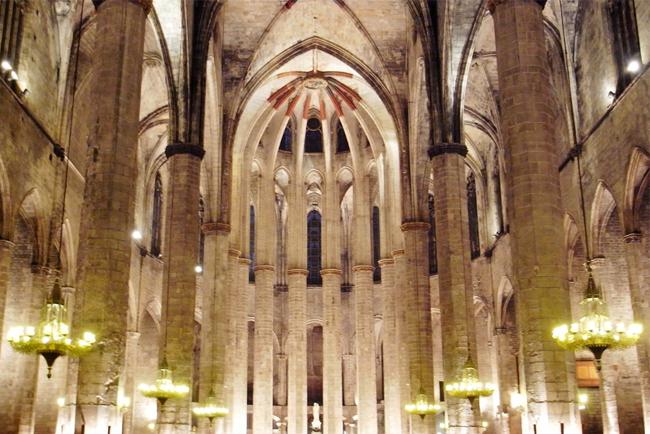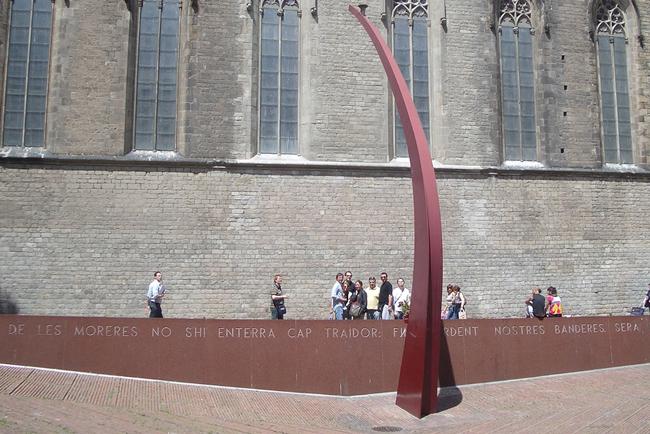Online bookings
24 hours a day
0044 (0) 20 3239 1595
English Phone
Mon-Fri: 8-16:00 GMT
Customer Service

In order to immerse yourself in the history of the church of Santa María del Mar, you should read the wonderful novel by Ildefonso Falcones entitled "The Cathedral of the Sea." In this book, the author writes about the adventures (and misadventures) of Arnau, a child who was born and brought up in the XIV century and who undergoes life's most difficult and earthly aspects but is able to overcome these difficulties thanks to his strong sense of values and his faith in the Virgin Mary. The book relates the daily personal challenges faced by Arnau and his maturing from childhood to adulthood along with the construction of this church as a work of the people: the basilica of Santa María del Mar which, in fact, was not funded by royalty or by the clergy (unlike Barcelona's Cathedral which was effectively seen as a religious temple for the very rich) was instead seen to be for all the faithful and for that reason, it is always open to all. It is also the church of sailors due to its location which, in the past, was much closer to the sea than it is now but above all, because of the "bastaixos" (the stevedores) who transported the heavy stones on their shoulders which were to be used in the construction of the church. The basilica was built between 1329 and 1383 and today, is probably the best example of pure Catalan Gothic.
There are three ways of getting to the church of Santa María del Mar and it is sometimes quite difficult not to get lost. If you pay attention when you get off at the Barceloneta station, you will be able to see the church in the distance behind the houses and the narrow streets of El Born. You will just need to walk along the street called Pla de Palau and then into Carrer de Malcuinat and then the magnificent facade will appear before you in all its splendor. You can also reach the church from the back, coming from the Cultural Center of El Born (El Born Centre de Cultura i mèmoria): you will need to cross the Carrer del Comerç to reach the Passeig del Born and then carry on straight ahead...until you reach the famous torch which keeps the memory of Catalan's independence in 1714 alive, according to certain sources, and which is commemorated as La Diada. The final way to reach Santa María del Mar is from the stop called Jaume I on the Yellow Line on the Metro (L4): you'll just have to cross the street called Laietana and walk along Carrer de l'Argenteria (the street that runs diagonally and parallel to the Carrer de la Princesa).

The Basilica of Santa María del Mar is open from Monday to Saturday, from 09:00 until 13:00 and then again from 17:00 to 20:30. At these times, entry is free. Between 13:00 and 17:00, there is a tour which you can pay to join. Mass is celebrated daily at 19:30 and on Sunday at mid-day there is also a service in English.
My comments